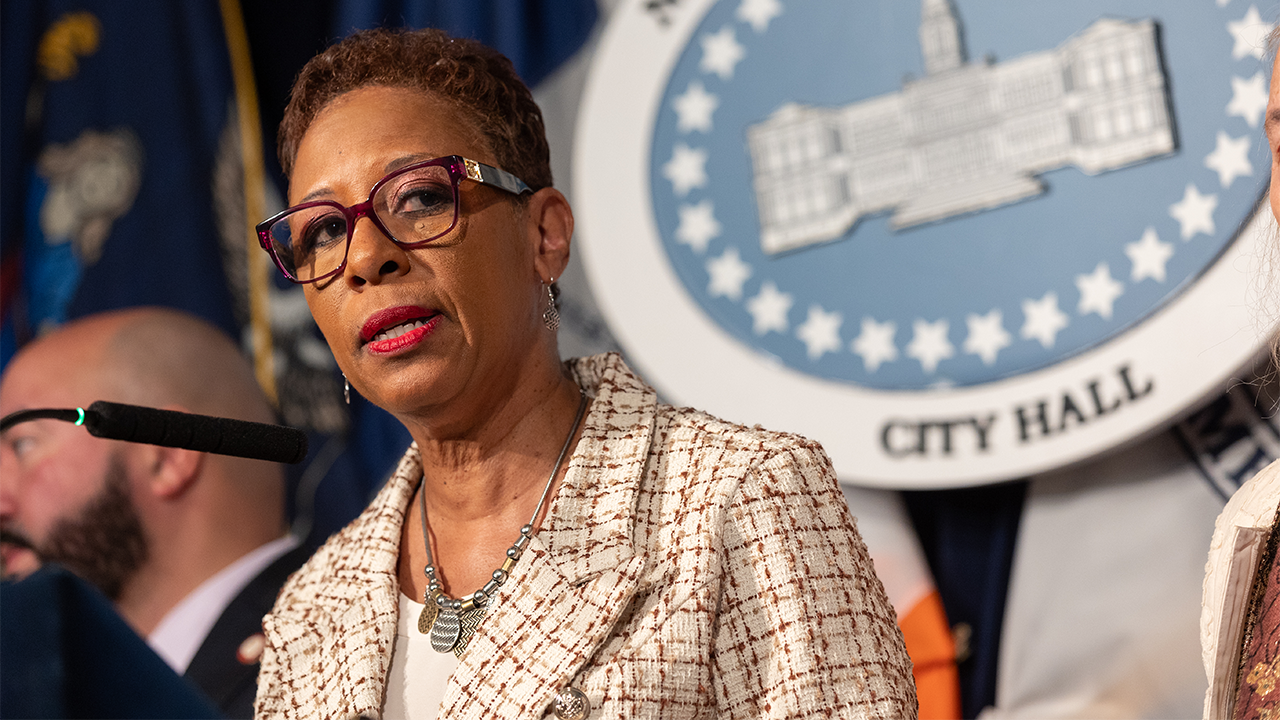In a significant move just days before Election Day, Kamala Harris’s campaign has pulled nearly $2 million in planned television ad buys from North Carolina, signaling a likely surrender of the state to former President Donald Trump.
With early voting data and recent polls favoring the Republican candidate, the Harris team’s withdrawal of $1.7 million in ad spending underscores a shift in campaign priorities away from the Tar Heel State.
Kamala is already giving up on North Carolina – cancelling ad buys and moving staff/resources to Virginia.
North Carolina early voting totals:
Republican 34.1% | 961,872 votes
Democratic 33.3% | 938,168 votes
⚪️ Other 32.6% | 920,628 votesData:… pic.twitter.com/wf9C8Ok8Uw
— John LeFevre (@JohnLeFevre) October 29, 2024
Trump Surging to Victory – Get the Ultimate Trumpinator Bobblehead as He Closes in on 2024!
Trump campaign adviser Chris LaCivita responded to the Harris campaign’s decision with clear optimism on Tuesday, viewing the move as an early concession from the Harris team.
The decision to withdraw ad funding came after over 3 million North Carolinians cast early ballots, either by mail or at in-person voting locations.
North Carolina, one of the few states providing a detailed partisan breakdown of early votes, has seen an unusual trend: Republicans are leading early voting turnout for the first time in the state’s history. This unexpected GOP edge, combined with early demographic data, indicates that the Harris campaign may be facing an uphill battle.
The Republican lead in North Carolina almost doubled from yesterday!
Rumor has it that the Kamala campaign is shifting resources to shore up Virginia, which means they’re worried about losing Virginia.
Let’s make even the blue states red! pic.twitter.com/opV79tNETs
— Elon Musk (@elonmusk) October 29, 2024
Adding to the Democrats’ difficulties, turnout among key demographic groups is not meeting their campaign’s anticipated levels.
Black voter turnout is down roughly 3% from 2020, and men are voting at a slightly higher rate than women compared to previous cycles.
Additionally, older voters, who have historically leaned more conservative, are voting in higher numbers, while the presence of younger voters has dropped from the last election cycle.
These dynamics are especially troubling for the Harris campaign, as North Carolina remains a battleground state where Trump claimed victory in 2020.
Despite Democratic hopes to flip this key state, the current data suggests a more favorable outcome for the GOP.
Challenges for Harris extend beyond North Carolina. In Arizona and Nevada, Republicans also lead early voting turnout, which spells trouble for Democrats in these traditionally competitive states.
Although Georgia does not provide partisan voter data, the demographics of early voting there show similar trends, with indicators favoring Republican turnout.
Cumulatively, these setbacks across the “Sun Belt” region—North Carolina, Arizona, Nevada, and Georgia—are pushing Harris’s campaign to focus its attention on the northern “Rust Belt” states of Pennsylvania, Michigan, and Wisconsin, each of which poses its own challenges.
Meanwhile, Trump’s campaign is expanding its efforts into traditionally Democratic states, including Virginia, New Hampshire, Minnesota, and New Mexico, where the former president sees an opportunity to make inroads.
@KamalaHarris giving up on North Carolina..pulling money out. Maybe to drop in Virginia to try and stop the slide ? pic.twitter.com/oTcCAuTJYx
— Chris LaCivita (@LaCivitaC) October 29, 2024
As the final votes are cast, the Harris team’s ad withdrawal in North Carolina reveals a recalibration of campaign resources and a narrowing path to victory in key southern battleground states.
The opinions expressed by contributors and/or content partners are their own and do not necessarily reflect the views of LifeZette. Contact us for guidelines on submitting your own commentary.
Read the full article here





![Flamin’ Hot Pokémon Cheeto Auction Sparks Insane Bidding War, Ends with Jaw-Dropping Price [WATCH] Flamin’ Hot Pokémon Cheeto Auction Sparks Insane Bidding War, Ends with Jaw-Dropping Price [WATCH]](https://www.lifezette.com/wp-content/uploads/2025/01/2025.01.17-08.04-lifezette-678ab7d04ad9a.jpg)



![Reports Suggest Agency Could Be Slashed in Half [WATCH] Reports Suggest Agency Could Be Slashed in Half [WATCH]](https://www.rvmnews.com/wp-content/uploads/2025/02/2025.02.14-02.04-rvmnews-67af4d59a70fe.jpg)